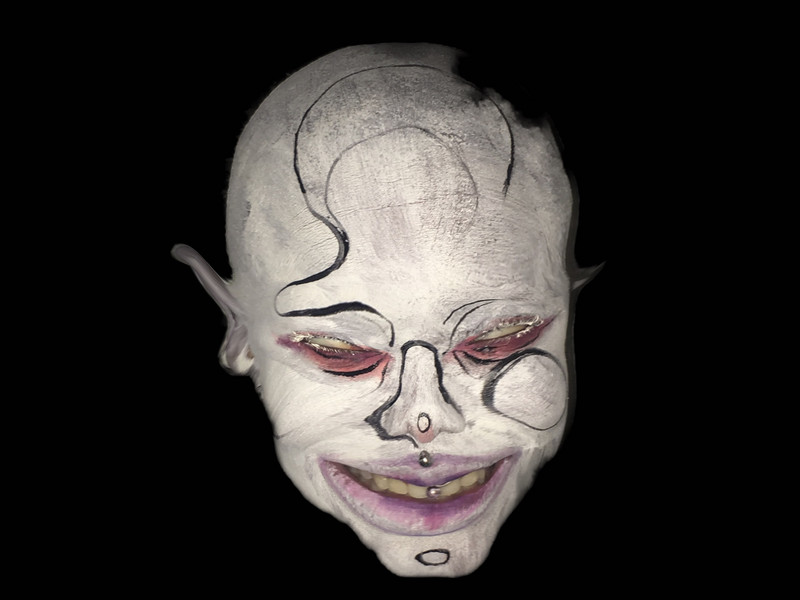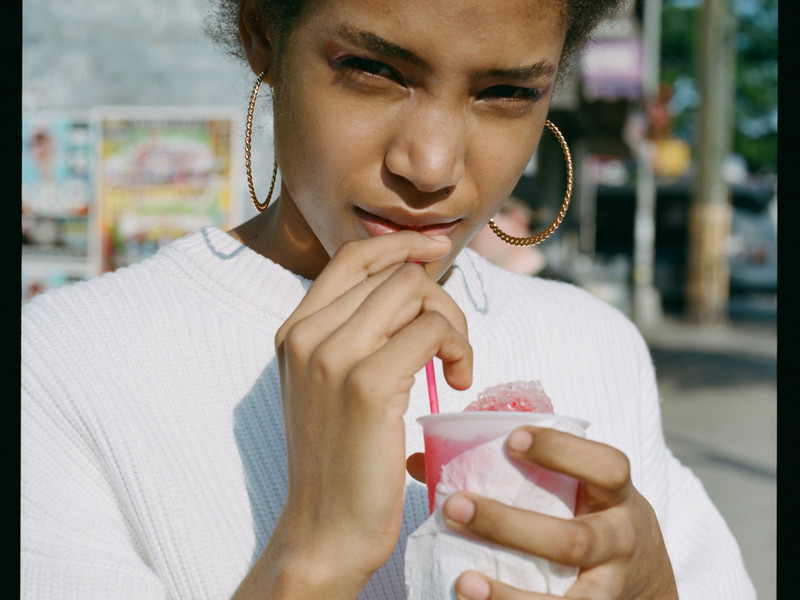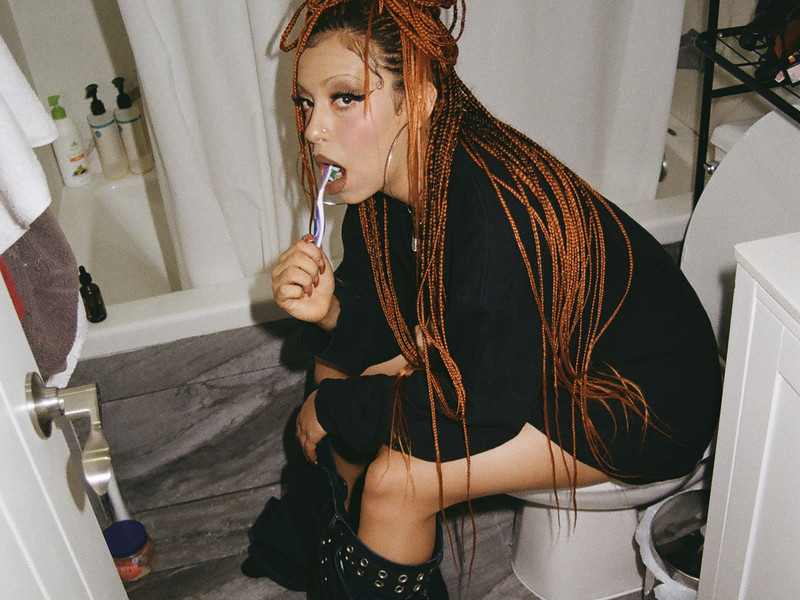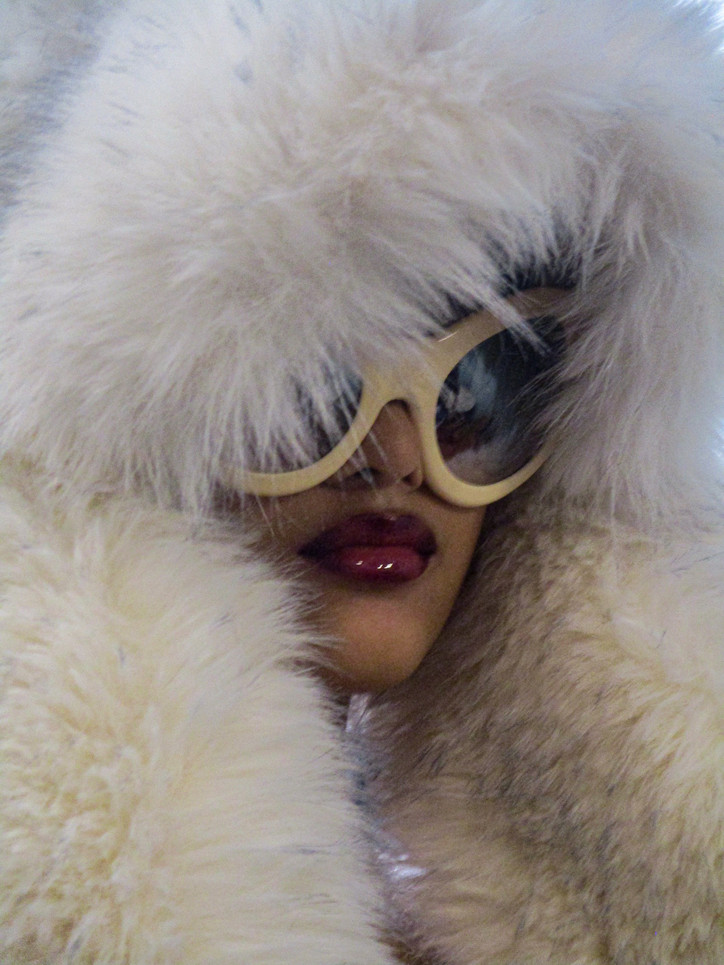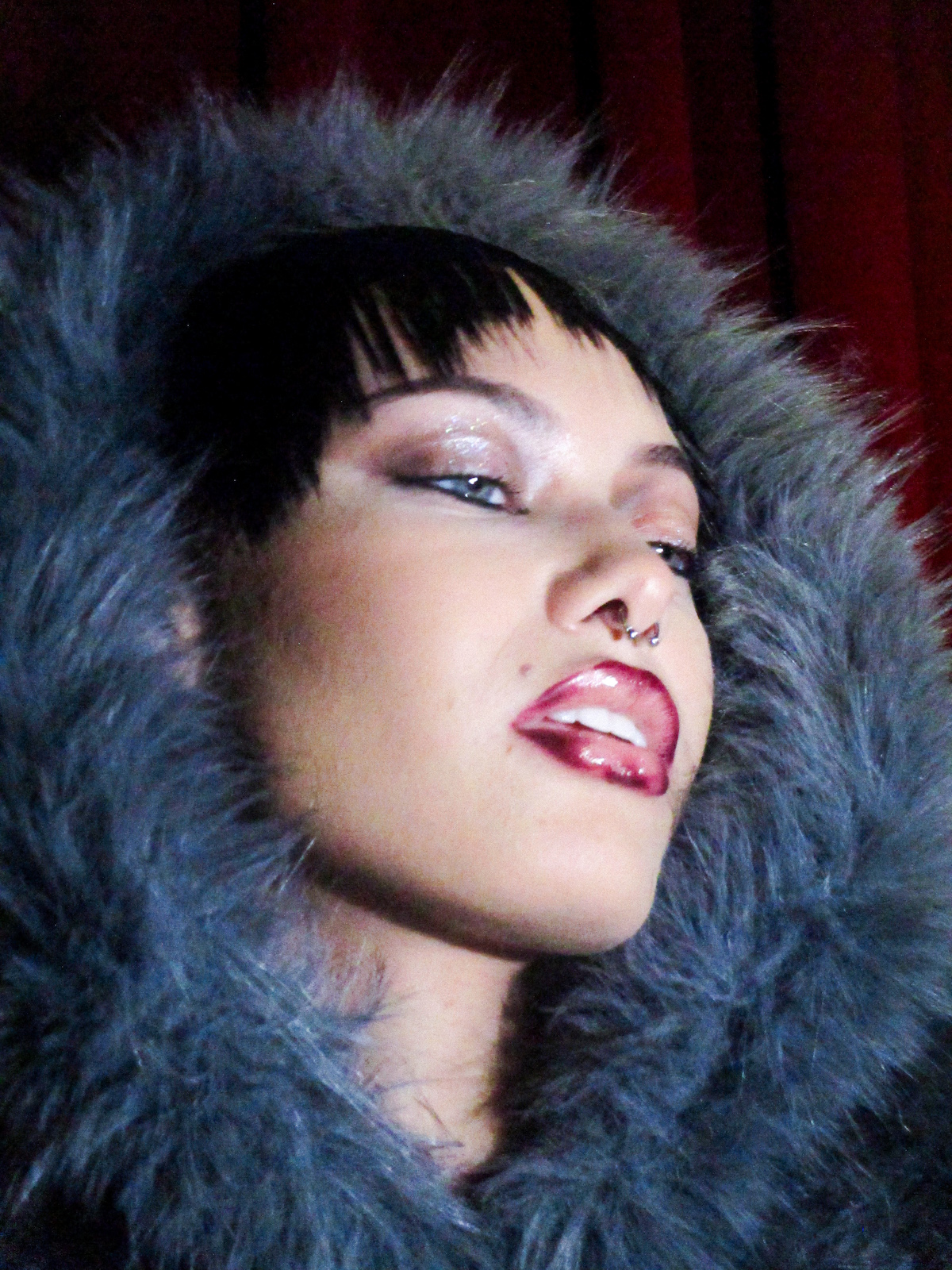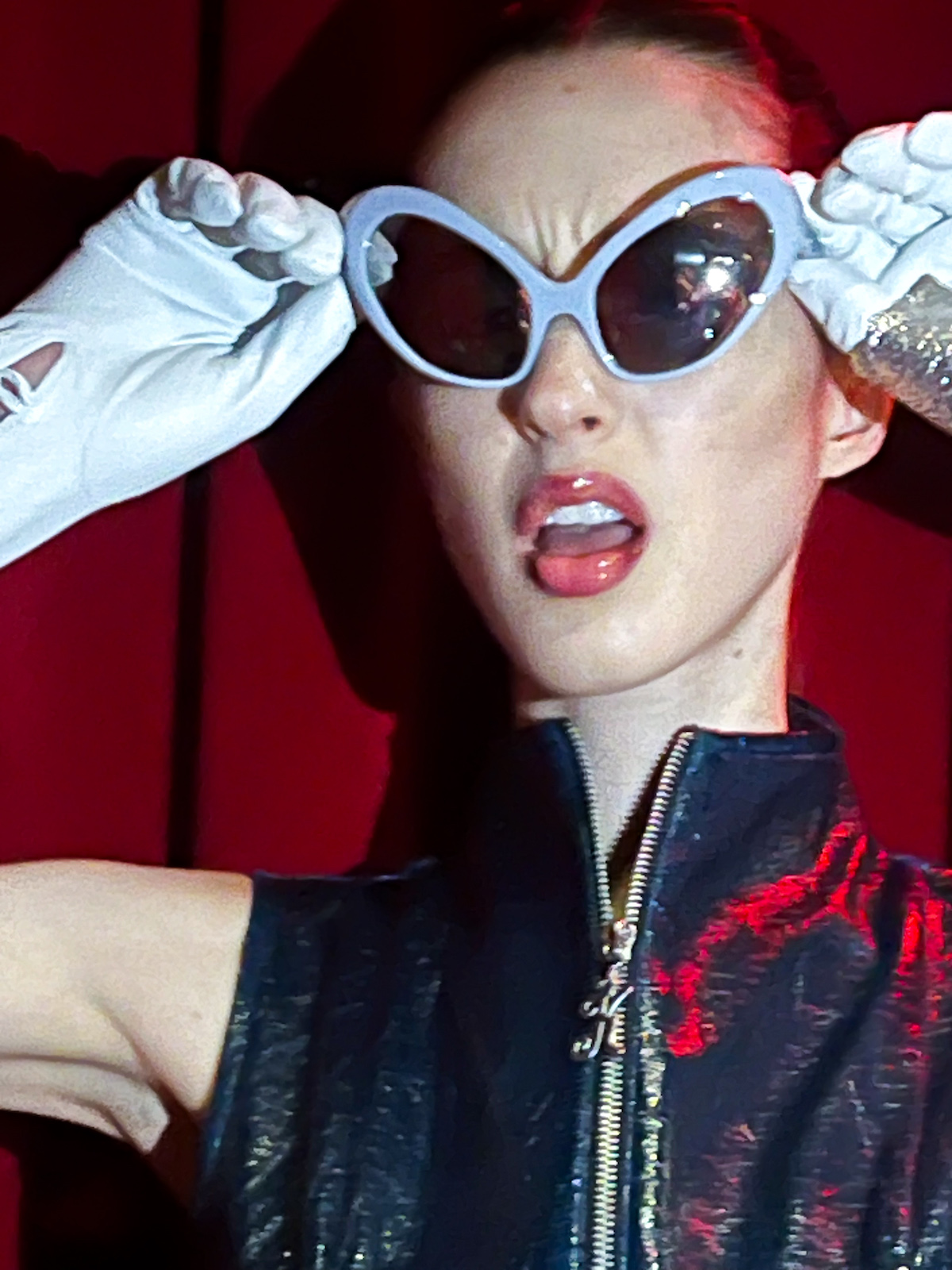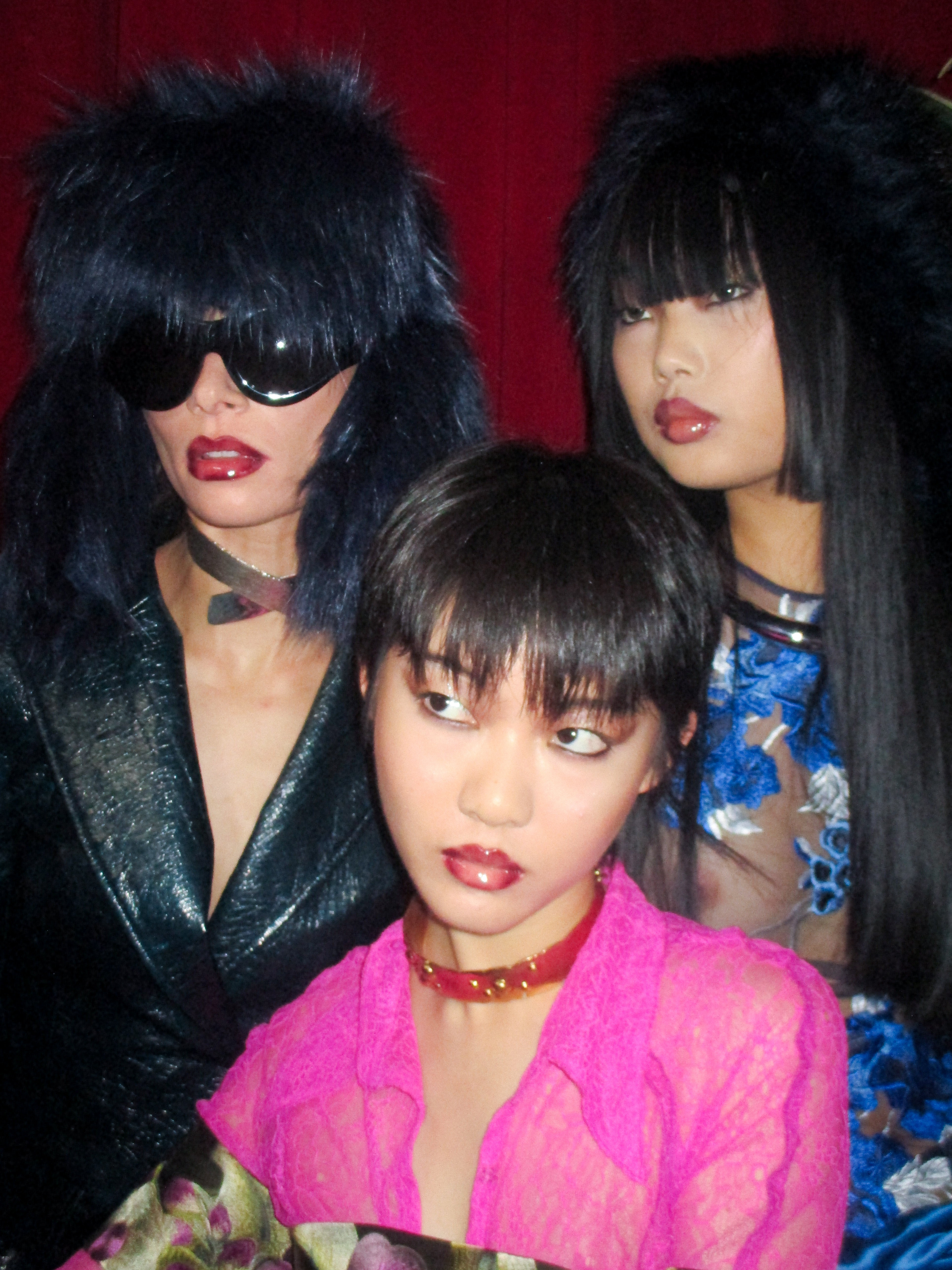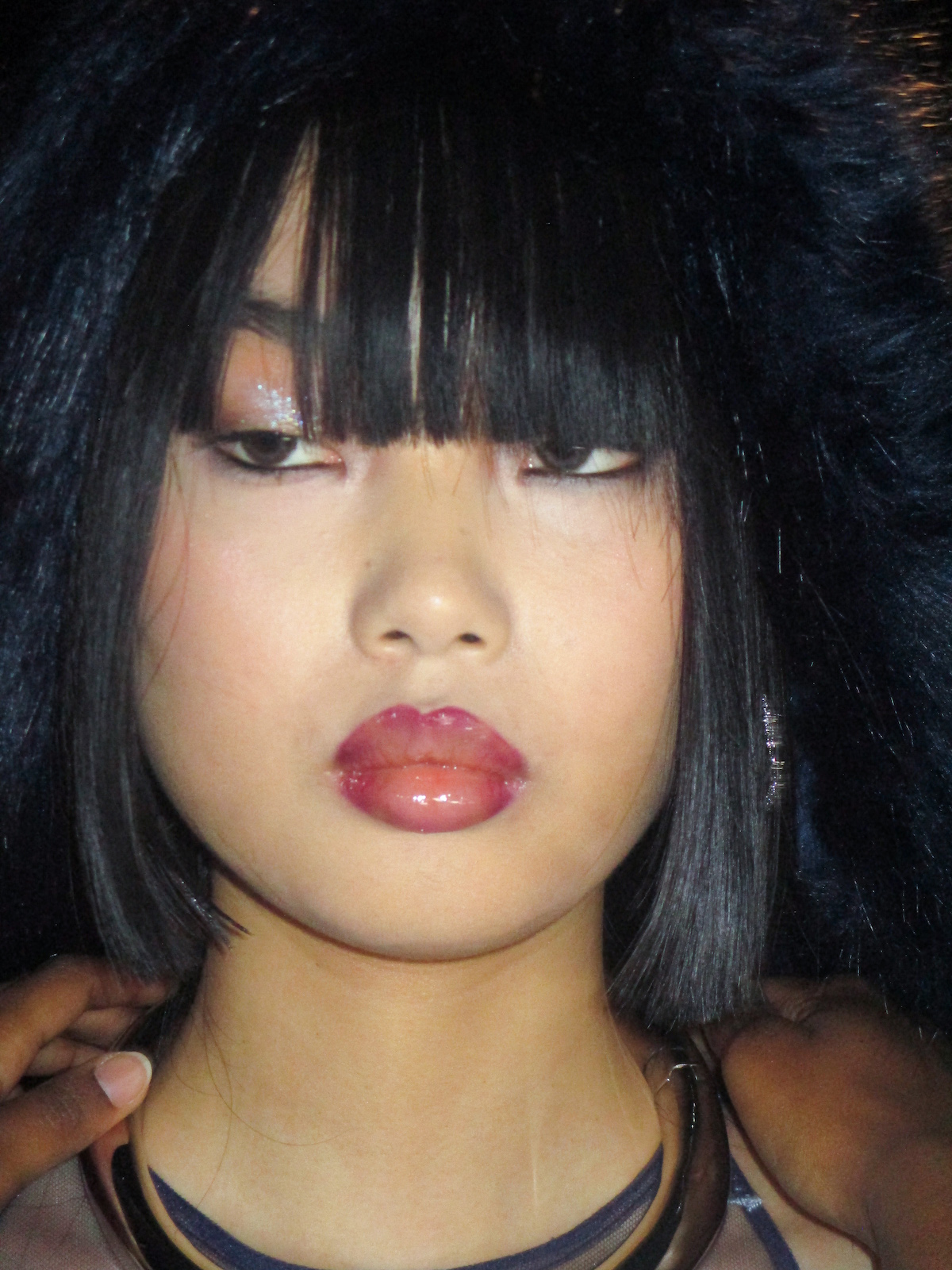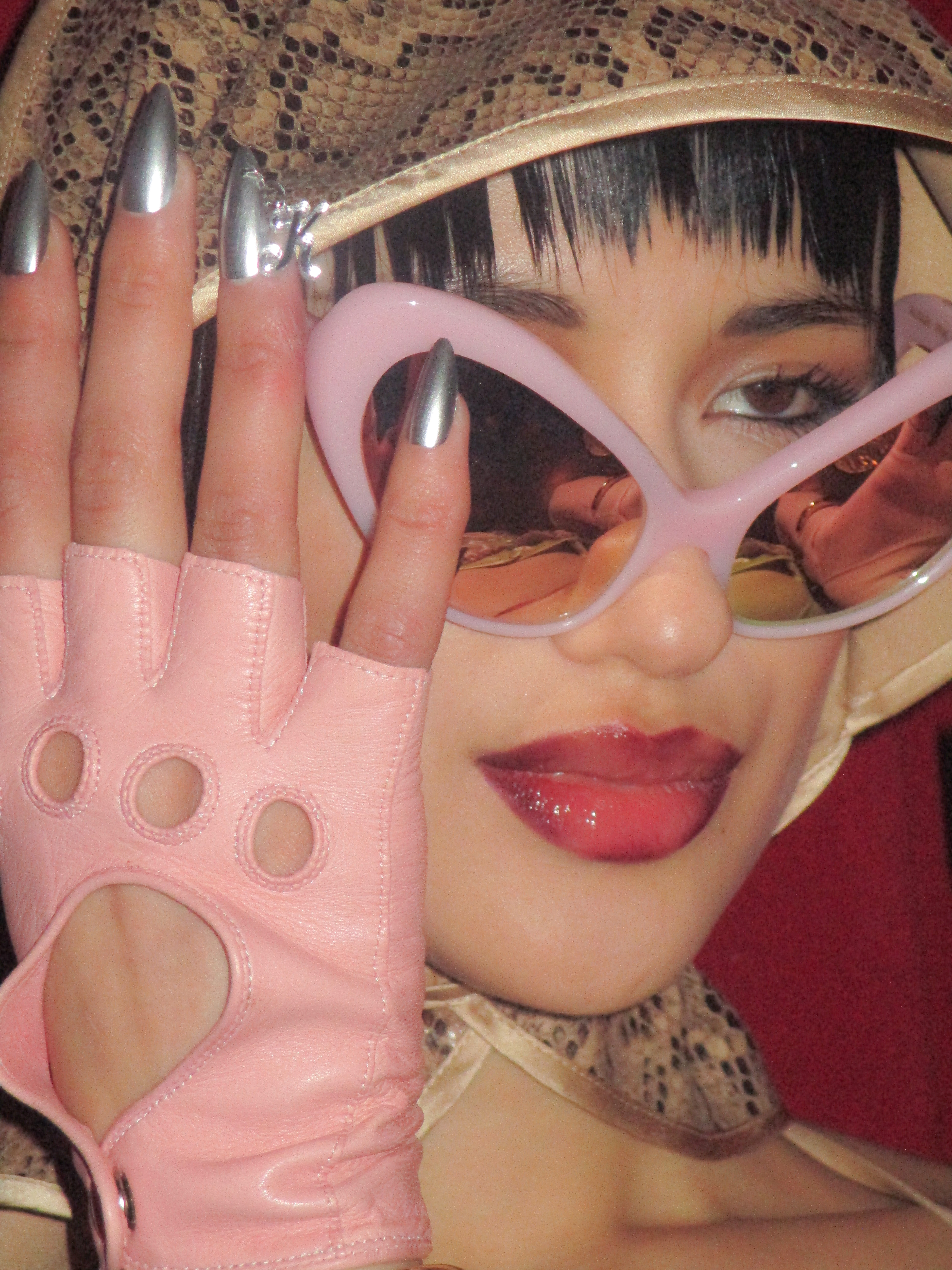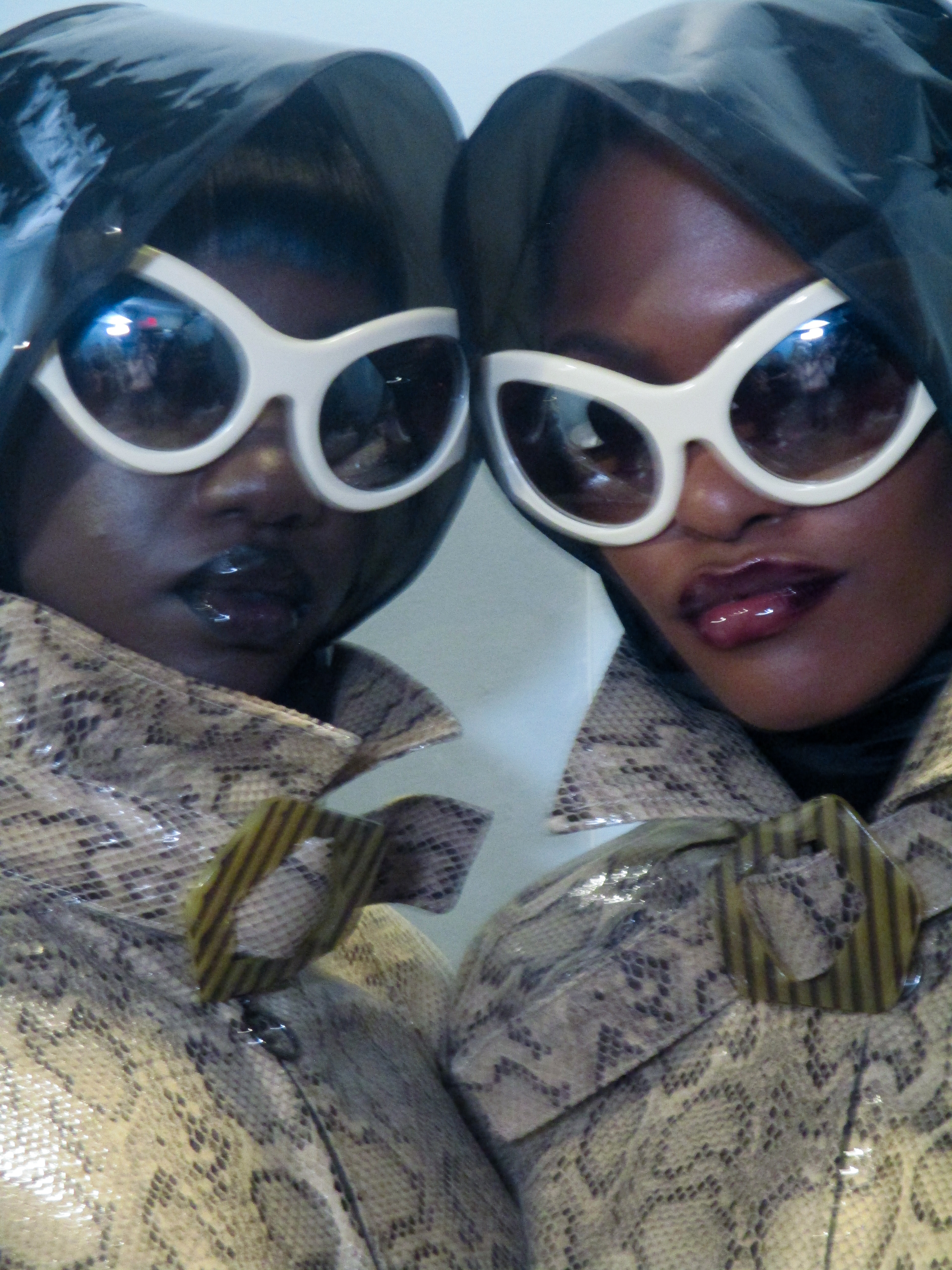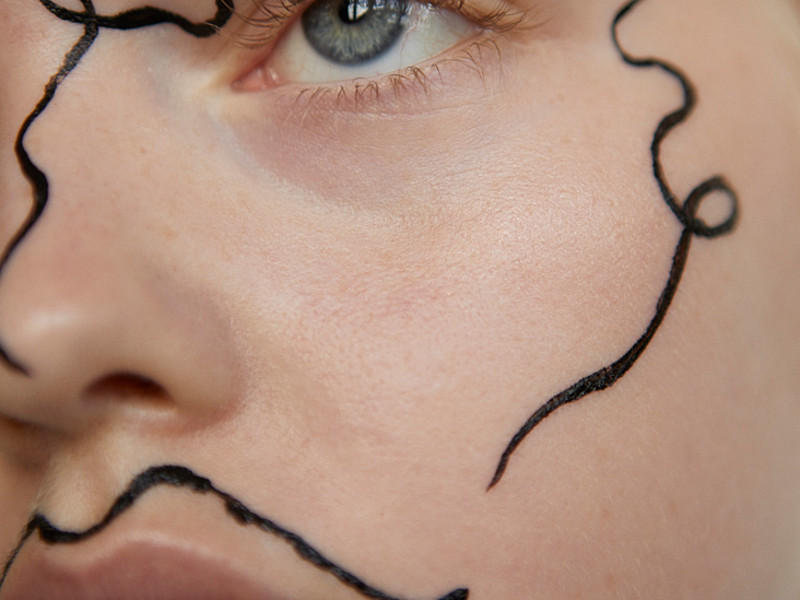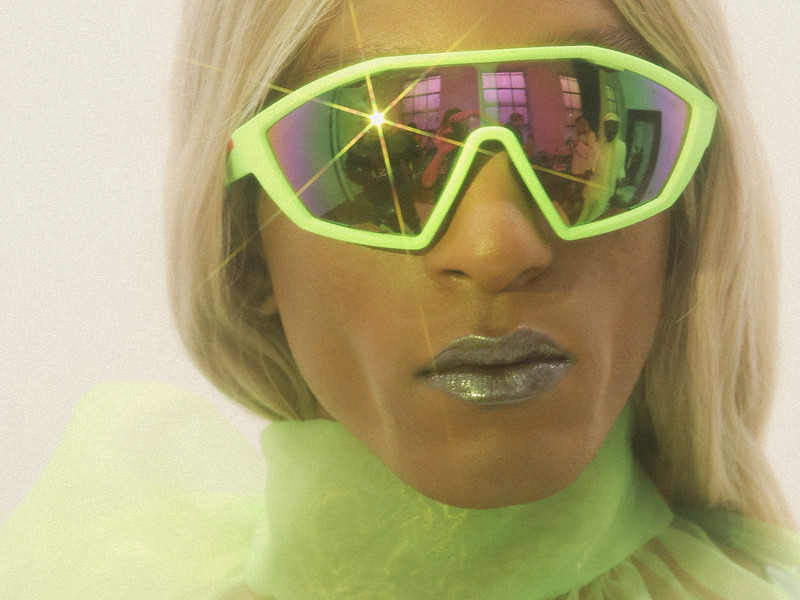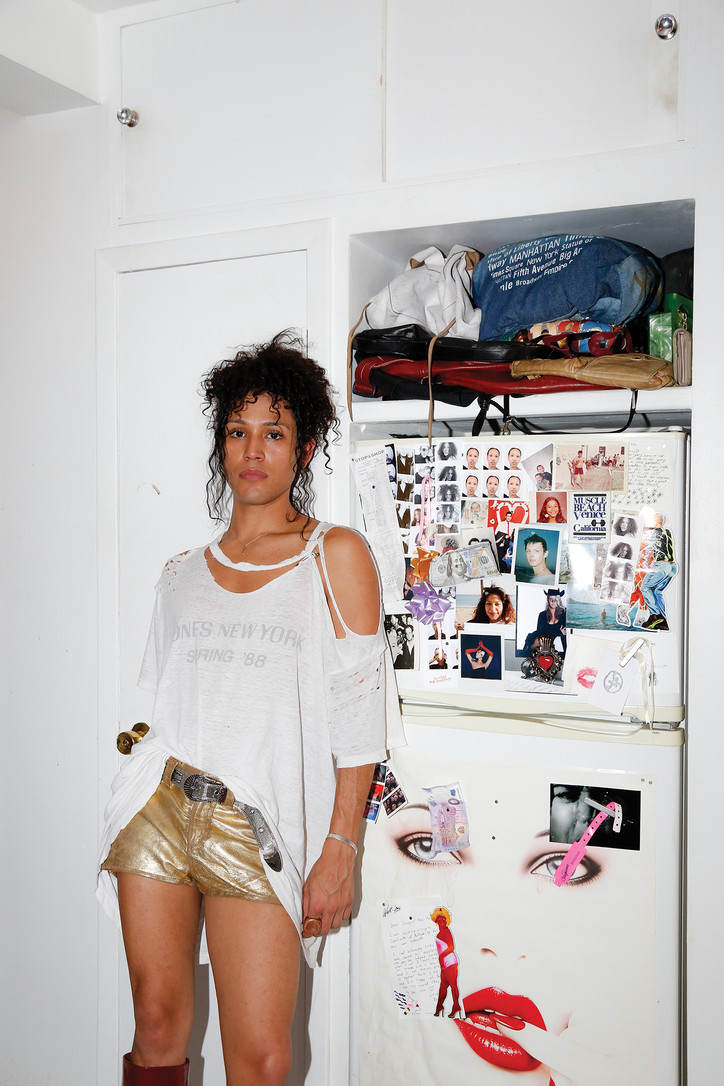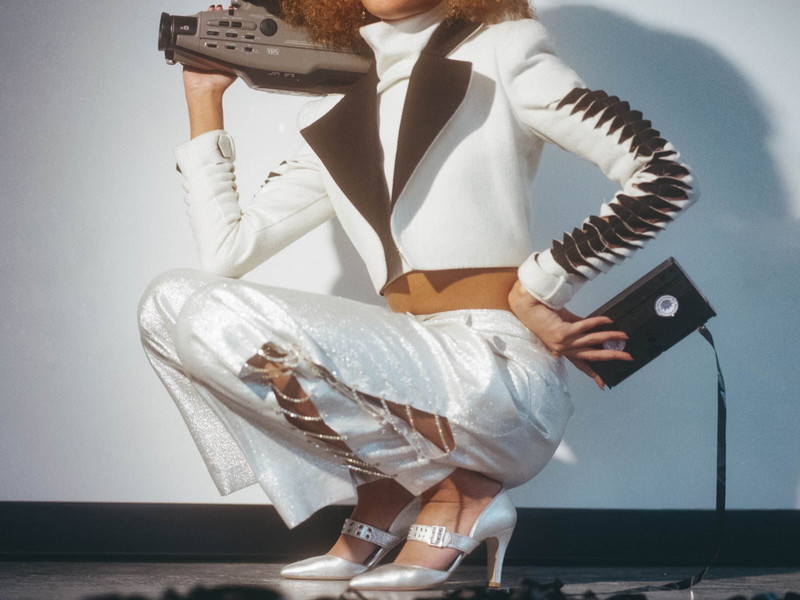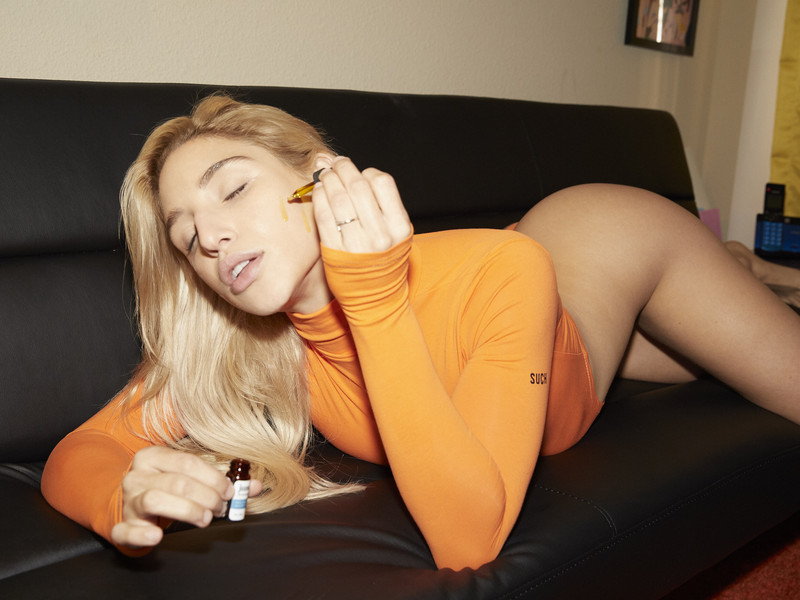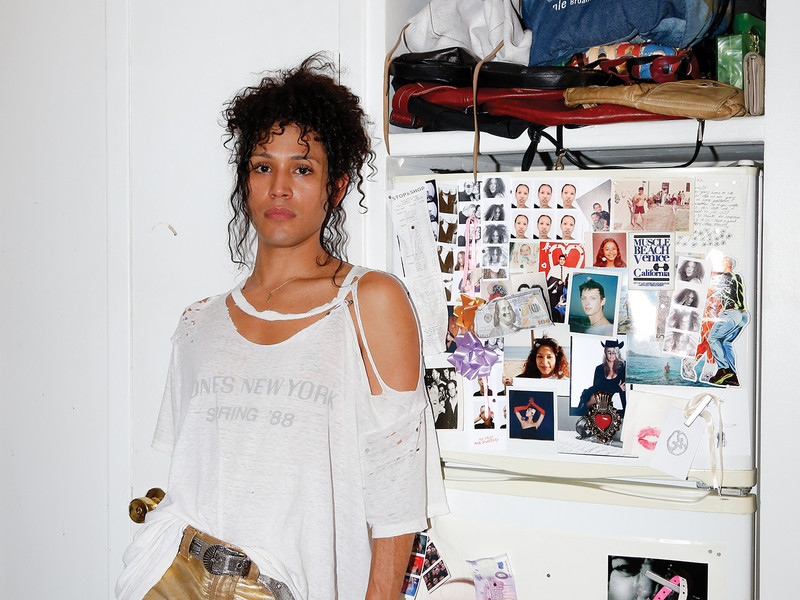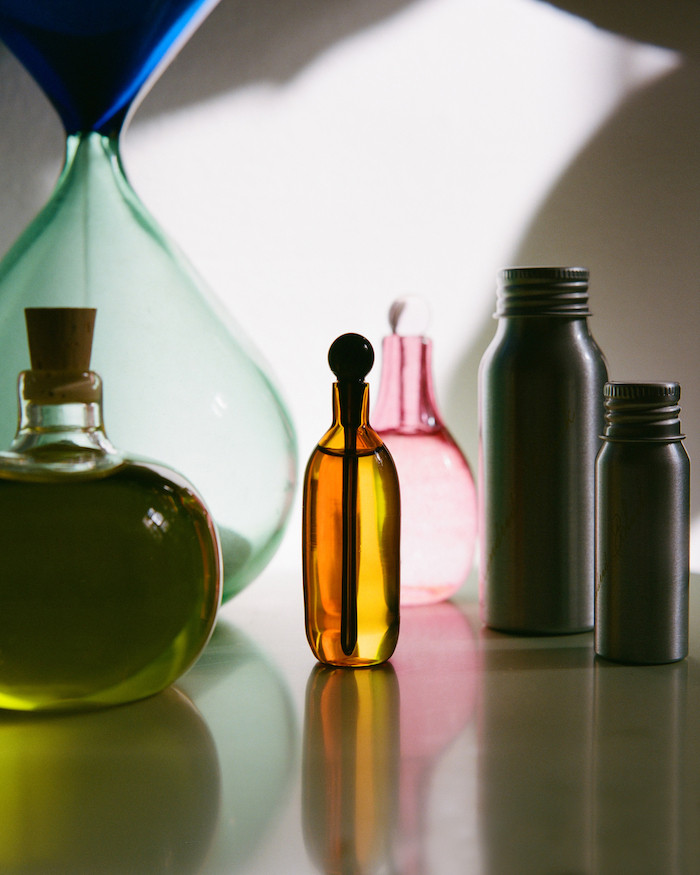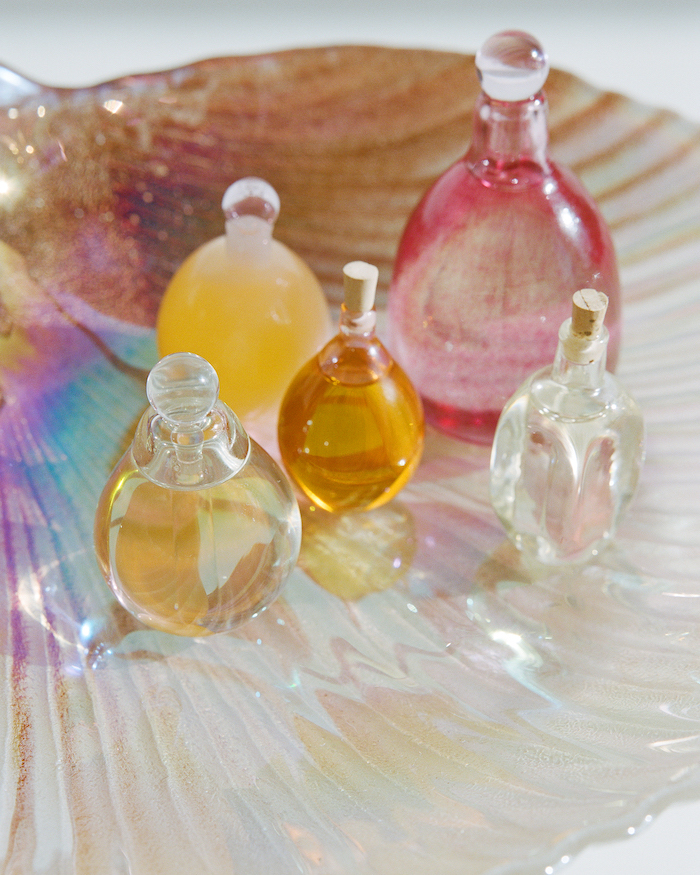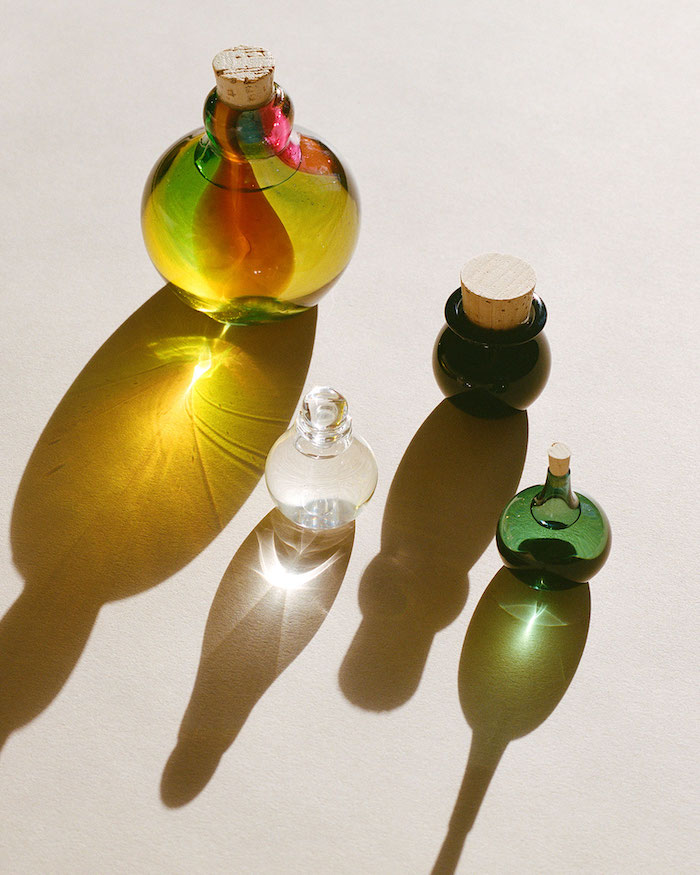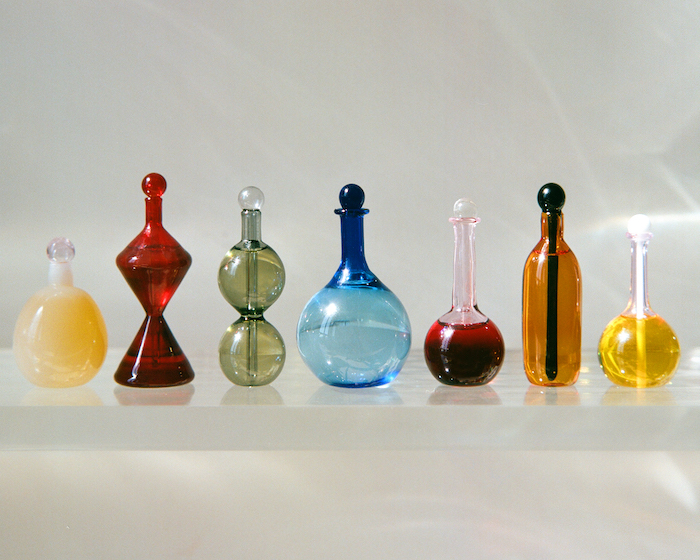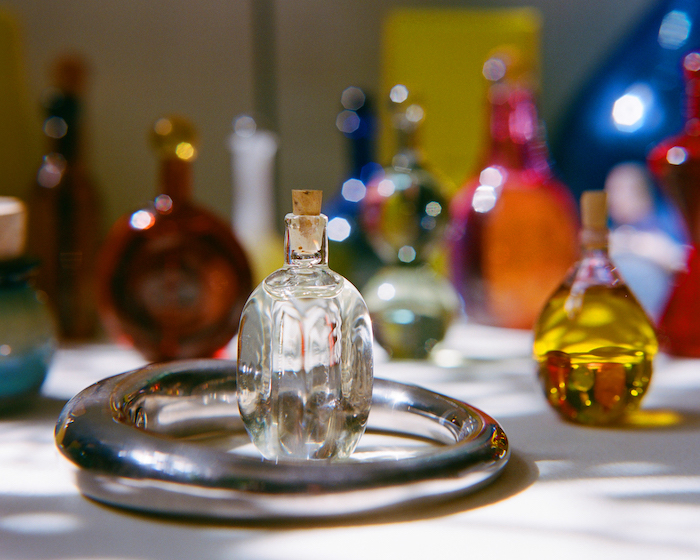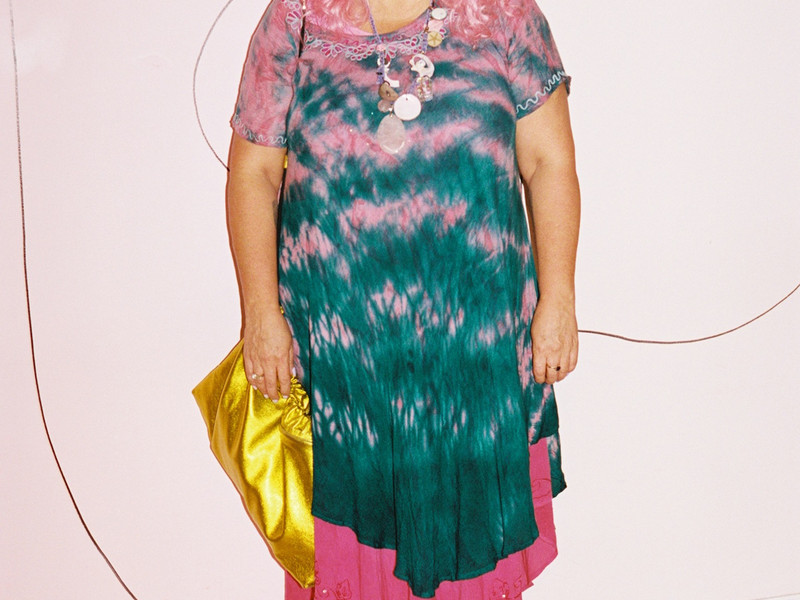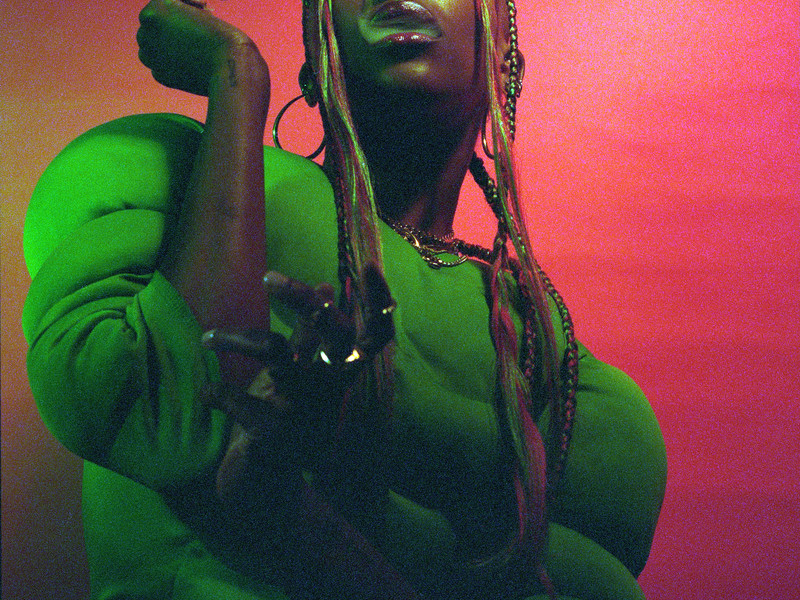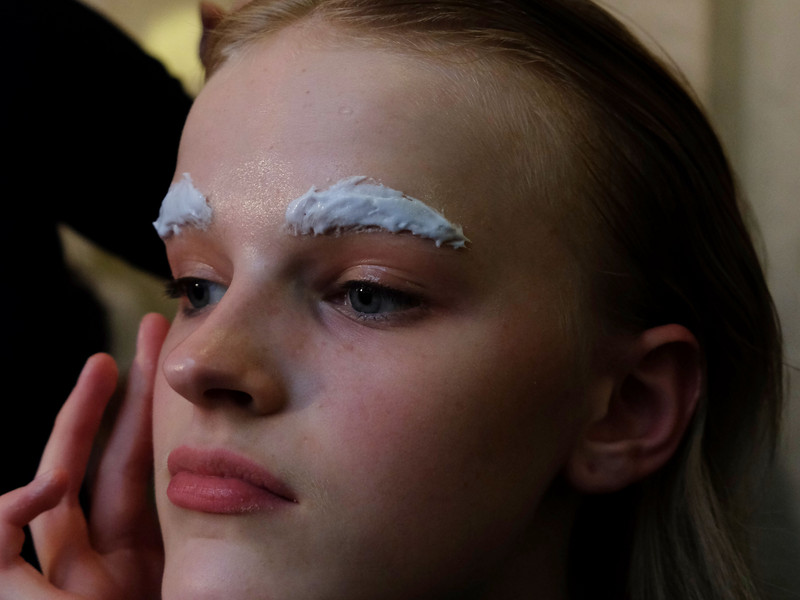The Detail Is In The Duality
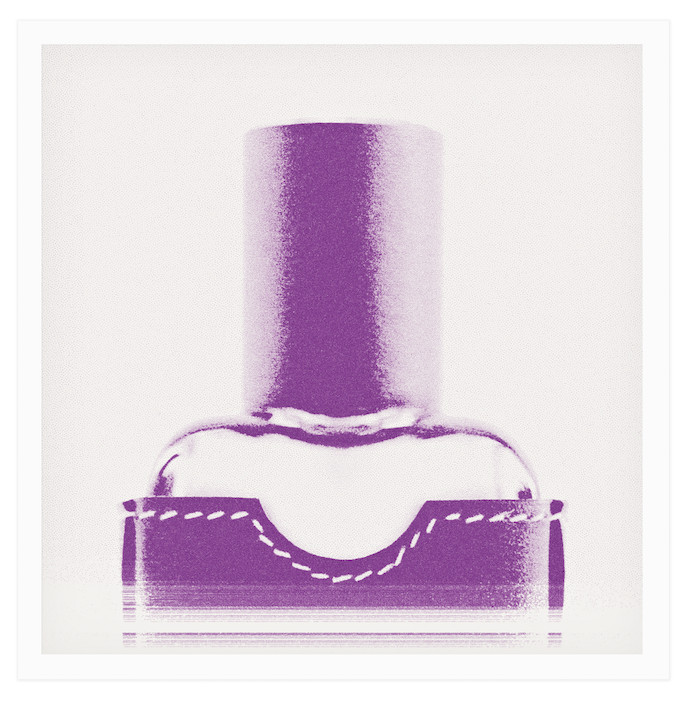
To Nagel, perfume stands in as a manifestation of feeling — conjuring emotions and caressing our senses in a way that no other material object can. Now with the debut of the Hermessence collection’s new scent, Violette Volynka, Nagel is bringing yet another revolutionary sensory experience to the table. Balmy notes of Volynka wrap the wearer in a snug embrace while exquisite notes of violet round out that ardent warmth. The fragrance is the sum of various parts, but the result is effortlessly harmonious — much like its creator.
Continue reading for office’s exclusive interview with in-house perfumer, Christine Nagel.
As Director of Creation and Olfactory Heritage, how do you continually concoct new scents that seamlessly mesh with Hermès’ brand ethos?
It is an incredible privilege to work with this house that has such an amazing heritage and legacy. My creations are always inspired by that, and it's as if I have free realm in this amazing space that Hermès gives me. My work is a display of the duality of how the house inspires me and who I really am. I know I also have a tremendous amount of responsibility, as the first object that many buy from Hermès is usually a perfume. I am the one creating that entry-level product for the consumer.
I like the idea that your scents are a bit of you and your personality, but then, of course, you're working under a Maison that has been esteemed for generations. This craft in itself is an art form. What is your first scent memory and when did you decide you wanted to help create scents for others?
The first scent memory I have is when I was 10 years old, when my little brother was born. We're ten years apart. I vividly remember that my mom used to use talcum powder on him. It was called Borotalco, which is an Italian brand. This made me realize that those scents that are linked to childhood are always very impactful to anybody, in every culture. I realized that these scents are always essential and so impactful as a first scent.
When you are growing up in Europe, you have to do an internship. I decided to do one internship in chemistry and another internship in a hospital because, originally, I wanted to be a midwife that would deliver babies. I ended up realizing I had a passion for chemistry instead.
Sometimes, it's also about life's happy coincidences. I realized when I was doing this internship that there was this company across the street that was called Firmenich, which had received a Nobel Prize. So I decided to send a letter to see if they were looking for someone to hire. They responded and brought me on. So I stopped my studies and go and work with them. And then I discovered, at that point, the world of perfumery and scent and this entire craft.
On a similar note, regarding your upbringing — you're both Swiss and Italian. Does this inform the notes or the ingredients that you're commonly drawn to?
The thing that is always very important to me is that there's a duality within me. With my Italian heritage, there's a warmth and that quality is something that is apparent in my work. But I also have all the Swiss qualities of being very organized and very systematic which are also very essential to my process.
I'm glad that we touched on that duality because I feel like that element encompasses Violette Volynka so well. Among duality, what other qualities make each of your scents uniquely yours? Is there a signature you always embrace?
I have a very tactile way of creating perfumes, so it's very sensorial. The formulas I create are very precise and pure. And it shows, again, the duality of my personality but also how I approach the formulation process. So you have the warmth, but you also have the efficiency and the purity of the of formulas. Hermès is a very tactile house as well — between the rich leathers and cashmeres — you are always invited to touch. So it is also very important for me to be able to touch my own raw ingredients and work with elements that are touchable.
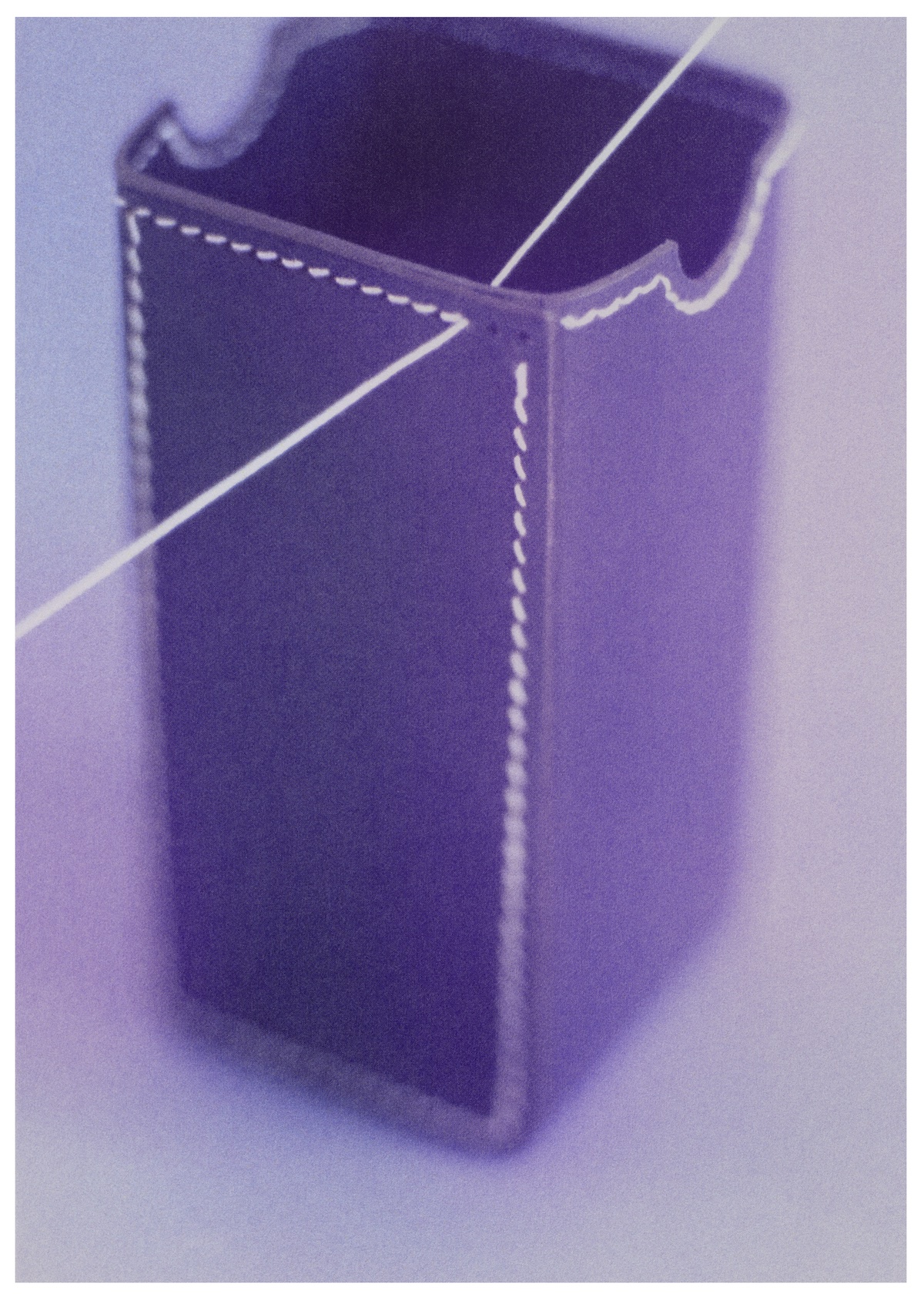
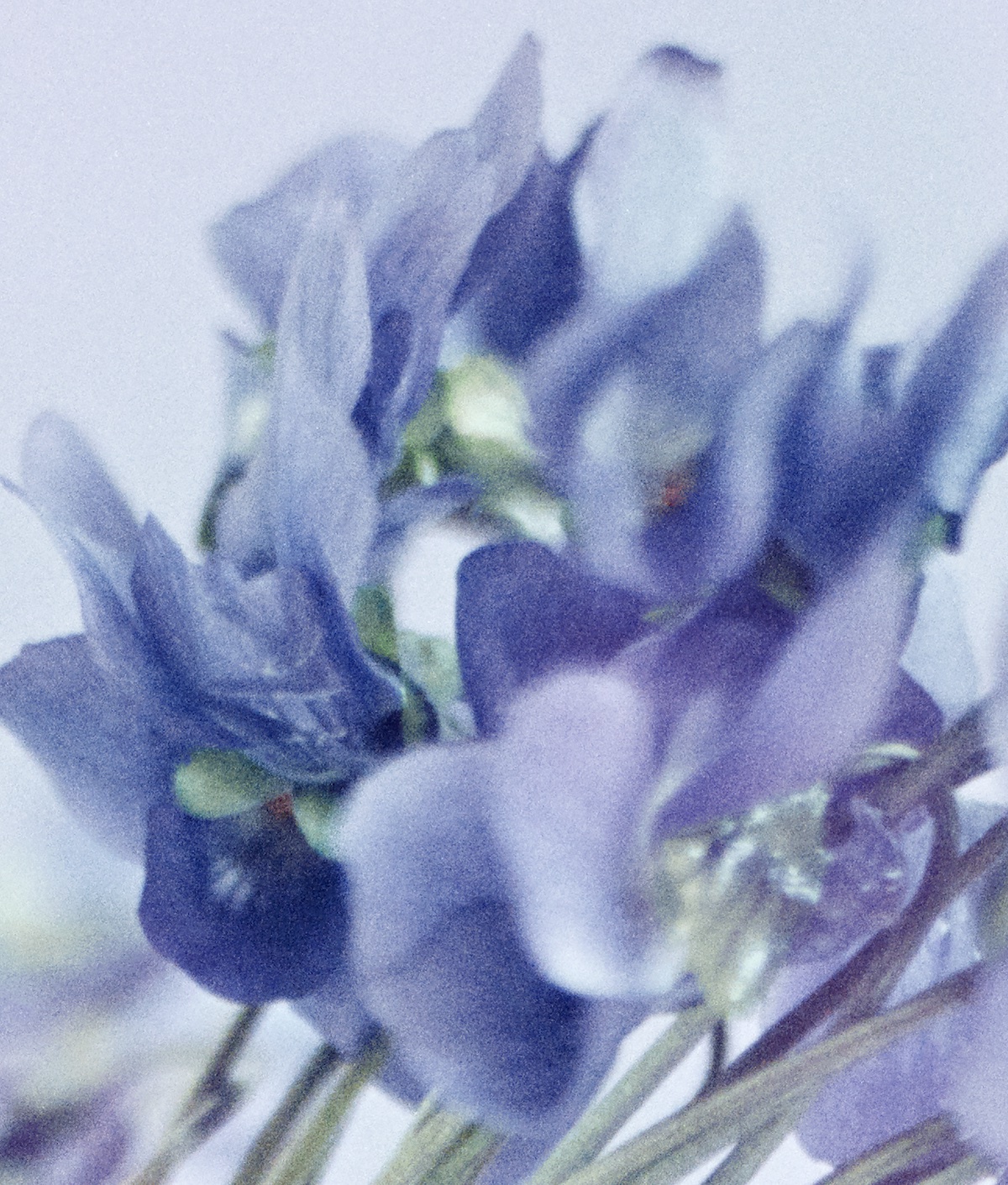
A perfume is something that always appeals to the senses, but this experience is a little bit unique for you, as you have synesthesia. That's such an interesting perspective to have as someone who is creating, so how does this factor into your process?
All synesthesia is different — my personal perspective is that I see a link between texture, smell, and colors. I don't really see a connection between smell and music. But for example, when I go to Hermès' runway shows, I can even smell with the eyes. So, for me, it's not only something that you take in with the nose, but I see the beautiful, worn leathers that are so supple, the incredible cashmere, and yarn and I can feel it too. It's something that's very emotional and sensorial — but in all the different senses. It's also smelling with the eyes and being able to appreciate the craftsmanship, which is something that is so undeniably Hermès. It's a part of the house's DNA.
So those things go hand in hand, and that definitely becomes apparent with this scent. There are layers to it and it's very nuanced. How do you feel this scent differs from the others within the Hermessence collection?
The Hermessence Collection combines Hermès' heritage with scent, essence, and essentials. It was created in 2004 for a niche market, for someone specific. When I started creating perfumes for Hermès in 2017, I created really royal scents. That was the original intent of fragrances — to be used in a really grand, royal, and exceptional way. Creating scents that were putting raw material as the lead top notes was something completely new at the time, but it was very important to me. It's always very important to highlight those ingredients. What is essential to the Hermessence Collection is the moment when I am introduced to a new raw ingredient. I have found that when I come across a new raw material that piques my interest, I am able to continue building off of it. This allows me to create a new scent which will then lead to another duality. This time around, that moment happened with the demure violet.
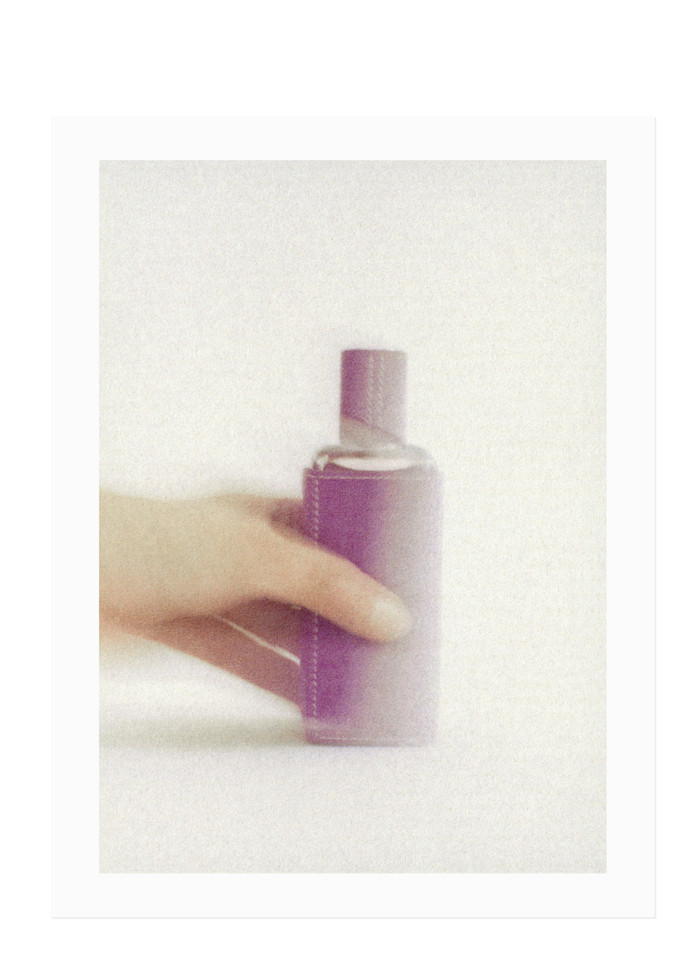
I wanted to discuss that next. Why was there a personal draw to violet as being the focus of this fragrance? What about that ingredient was so impactful to you?
So the first thing with violet is that it's the scent that everybody knows. It is always in beauty products and it's the scent that was traditionally in lipstick. However, it's what we call a muted flower because it's almost impossible to capture the essence of a violet. It's the same case for lilac, lily of the valley — all of these are muted flowers. So you have to recreate the scent and it's about the feeling of the scent that you're recreating.
So one day, I decided that I wanted to recreate the scent of a violet. What may not be totally apparent is that at Hermès, I'm absolutely free. I have free range to do whatever I want, and I am grateful that I am trusted to develop my own ideas. During this process, I realized that there is a natural extract that exists in the leaf of the violet. But the one that is usually used in perfumes is the one that comes from Egypt. It is a great violet, but I was curious about what else was out there. Through my research, I discovered that there are two French producers of violets. I contacted Firmenich, which is actually the first company I worked with when I was younger, to prepare this extract of violet leaf. The scent they created was so exceptional. It was way more expensive than the one from Egypt, but I think it's essential to work with something that is so high-end and so high quality. It's also about how to recognize the craftmanship that we still have in France and how to continue to utilize it.
What qualities of the French violet scent made it stand out more compared to its Egyptian counterpart?
The difference is that the one from France was very embracing, very warm. It was extremely powerful and a very profound scent. I compareed it to when you fall in love. When you fall in love, you have butterflies and you're flustered. And whenever I'm flustered, I go for it. Because again, it's a very emotional connection. Perfume is always emotional. Even if you get a beautiful bottle from a wonderful house for Christmas, you're going to try it, but you are really going to wear what works for you and what's emotional for you.
Can you tell me a bit more about the other deeper, darker side of this scent — the Volynka?
Volynka is a leather that's really hard to work because it's very tough. And when I once saw a beautiful bag of it, I was very impressed. I was even wondering how the craftsman was able to complete such a specific sewing technique and manipulate the leather so well. It smells like leather, but it has this smokey side. I loved the powerful qualities of the material. So when I discovered that leather, I decided that I needed to find something that was just as powerful to balance it. And that's how I landed on introducing violet. I was surprised by this combination since violet is so light and airy — but that notion of duality made it work. It’s a delicate game of hide and seek.
You speak about this scent feeling emotional and romantic. Is that where you want to take wearers? Where do you hope people transcend to when they're wearing this scent?
It's a scent that has a personality. Whoever is going to wear it — whether it's a woman or a man — it's someone who will have a strong personality. I hope it makes them feel that way as well.
